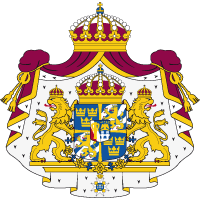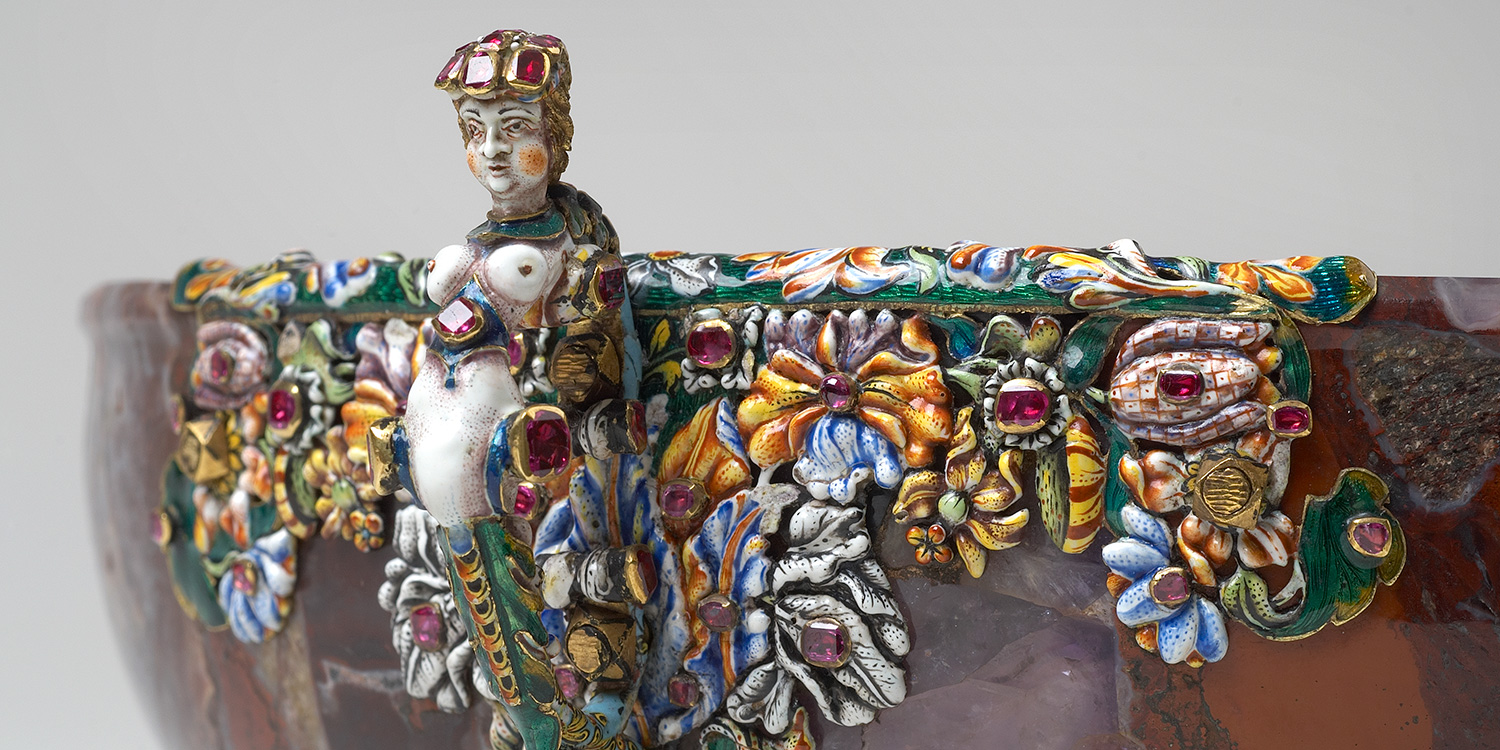
The Treasury Collection
The Royal Palace houses a collection of unique objects, mainly from the times of Queen Kristina and Queen Hedvig Eleonora. Collecting was part of the royal role, and the ideal was an art cabinet which summarised the world and God's vast creation.
Collections of rare and fanciful works of art were common at the established European courts during the 17th century. Parts of the art collection, known as the Treasury Collection (not to be confused with the Swedish regalia in the Treasury), are displayed in cases in the guards' halls in the State Apartments.
A golden age of glass
A collection of Swedish and German 17th- and 18th-century glassware is displayed in the first guards' hall, the Halberd Guards' Hall. The Swedish glasses were made at the Kungsholm Glassworks, which operated from 1676 until 1815. Here, production was originally Venetian-influenced, but around the turn of the 18th century it came to be influenced primarily by Nuremberg and Bohemia. The production was of a high artistic standard, achieving its golden age around the mid-18th century. Most of the glass objects on display have engraved decoration, often with the monograms of royal clients.
Motifs from courtly life, pastimes and romantic idylls
Here, there is also a collection of 18th century European porcelain from Meissen. The production of genuine porcelain in Europe began in 1709. The white breakfast service on the top shelf can be attributed to the first decade of production. During the time of the sculptor Johann Joachim Kändler, Meissen achieved a full balance between painting and form. Figurines were now created that spread Meissen's reputation across Europe. The motifs were taken from courtly life, commedia dell'arte, bourgeois everyday life and pastoral romantic idylls.
There is also jewellery and decorative objects in gold, enamel, precious stones and pearls from the 17th century. Most were made in Germany and northern Italy. Note the large baroque pearls that formed the design basis for many of the items.
Decorative works of art and precious materials
In the next guards' hall, the Life Guards' Hall, jewellery and decorative objects from the collection are displayed in precious materials such as silver, gold, precious stones and pearls. Most were made in Germany and northern Italy during the 17th century. These include two partially gilded silver drinking goblets in the shape of an earth and a celestial globe, carried by Hercules and Atlas respectively. The goblets were made by Christopher Jamnitzer and Jeremias Ritter, who worked in Nuremberg, and were presented to King Gustav II Adolf on his arrival in Nuremberg in 1632.
The ivory objects are mainly from the times of Queen Kristina and Queen Hedvig Eleonora, and were made during the 17th century. Many were produced using the advanced turning technique developed during the 16th century. Here, we see a piece consisting of several stacked boxes, decorated in different colours with exotic animals, which belonged to Queen Kristina. It is probably part of the spoils of war from the cabinet of curiosities in Munich. There are also some much simpler small boxes turned by Prince Karl (XII) and his sisters Princess Hedvig Sofia and Princess Ulrika Eleonora the Younger as children.
The collection includes a number of amber objects, most of which were made in the southern Baltic region during the 17th century. One of these objects, a jug and basin in amber with gold and enamel mounts, was probably made at Georg Schreiber's Königsberg workshop in around 1640. The Brandenburg coat of arms at the centre of the basin suggests a connection with King Gustav II Adolf's consort Maria Eleonora of Brandenburg.
Top image: Bowl from the Treasury Collection, made in Bohemia in around 1600. Jasper with mounts of gold, amethyst, rubies and enamel. Two griffins in the shape of female herms. Photo: Alexis Daflos/Royalpalaces.se
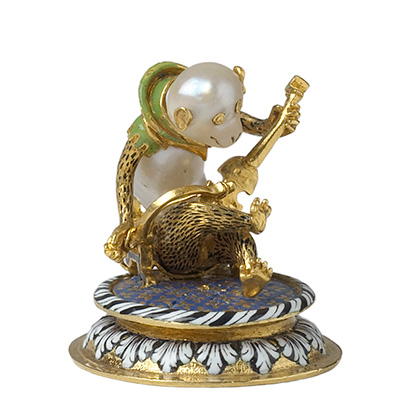
The collection includes many miniatures. This gold fiddle-playing monkey, with its baroque pearl body and head, measures approximately 2 cm. Photo: Alexis Daflos/Royalpalaces.se
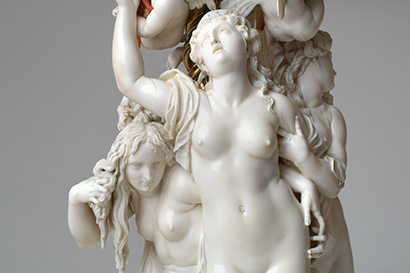
Ivory salt cellar. The group of figures represents the Triumph of Venus. Made by Georg Petel in Antwerp in 1627. Acquired by Queen Kristina from the estate of PP Rubens. Click on the image to see the full version. Photo: Alexis Daflos
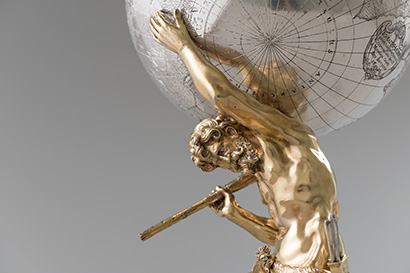
The collection includes two silver drinking vessels in the form of goblets. Hercules and Atlas carry the earth on their shoulders. The goblets were made between 1618 and 1620. Click on the image to see the full version. Photo: Lisa Raihle Rehbäck
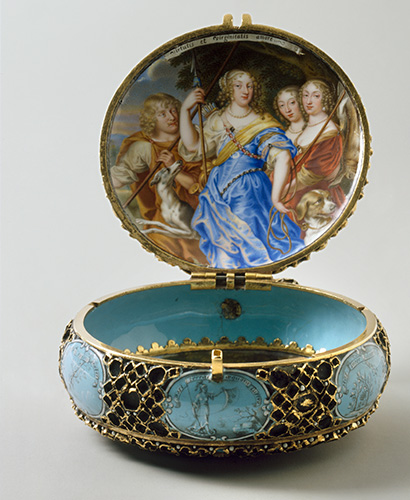
Watch case with enamel paintings by Pierre Signac, a gift to Queen Kristina from Magnus Gabriel De la Gardie in 1646. The painting pays tribute to Kristina's noble qualities and her exemplary reign. On the inside of the cover, Kristina is depicted as Diana being courted by the donor, his wife and her sister. Photo: Alexis Daflos
